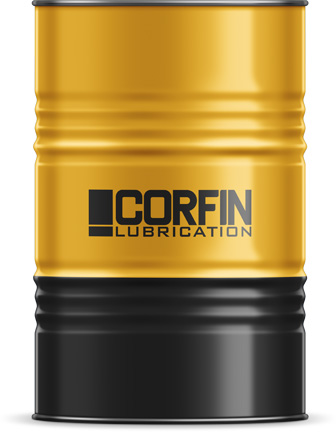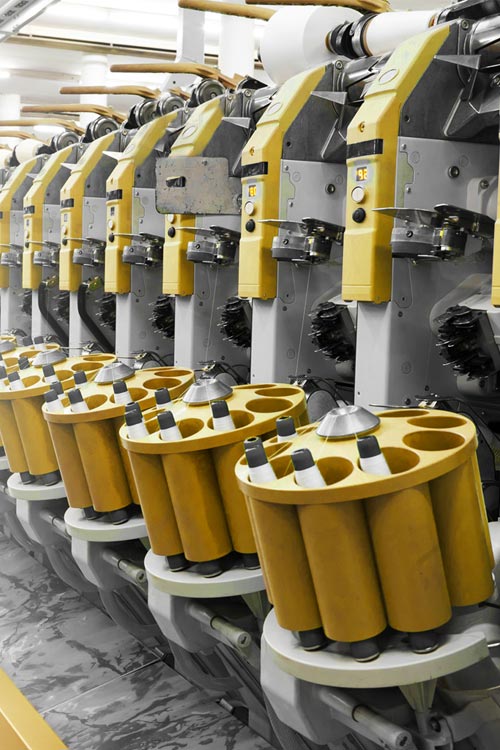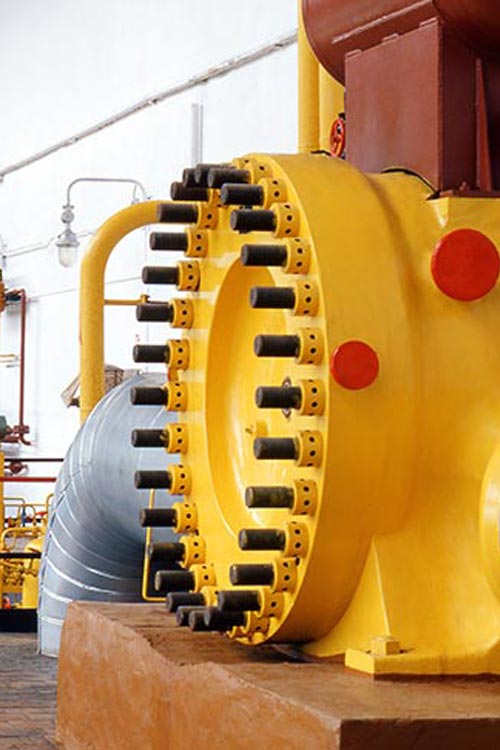SKU 320110
Category Oils
Sled Oil
CORFIN SLD 32/220
Sled Oil Advantages
It adheres very well to horizontal and vertical skids and does not peel off the skid. In addition, the skid oil contains additives that increase resistance to oxidation and corrosion.

It provides excellent lubrication by adhering to the surface thanks to its adhesive additives.
Reduces operating costs by preventing oil leakage from the system.
As the speed increases, it also increases friction and thus eliminates vibration.
Sled Oil Features
- The benches also ensure vibration-free movement of the oils.
- Helps increase production capacity.
- Does not form substances that clog filters.
- Resistant to abrasion and corrosion.
- Even after use, it sticks to the machines and provides a longer effect.

Sled Oil Usage Areas
Which Industries
Should Prefer?



You can contact us for any questions you may have
YOU MAY
ALSO
INTEREST
PRODUCTS
Sled Oil Tech Data
| SLED OIL ANALYSIS | STANDARD | 32 | 68 | 220 | |||||
| Color | Visual | Yellow | Yellow | Yellow | |||||
| Appearance | Visual | Clear Bright | Clear Bright | Clear Bright | |||||
| Viscpsity (40 °C) | ASTM d445 | 32 | 68 | 220 | |||||
| Viscosity Index | ASTM D2270 | 105 | 100 | 100 | |||||
| Flash Point (°C) | ASTM 92 | >210 | >230 | >240 | |||||
| Pour Point (°C) | ASTM D97 | < -20 | < -15 | < -9 | |||||
| Copper Corrosion (3h – 100 °C) | ASTM D130 | 1A | 1A | 1A | |||||
| Density (20°C-g/ml | ASTM D1298 | 0,86 | 0,875 | 0,888 |
Sled Oil Frequently Asked Questions
Contact Form

MADE IN
TÜRKİYE
FOR ALL ORDERS
FREE SHIPMENT
ON-SITE PROBLEM
DETECTION
TECHNICAL
CONSULTING
The information contained on this page is based on our current experience and is intended to provide information on appropriate use or application based on technical experience. It does not constitute a warranty or guarantee for the product. It is recommended that you contact us for your specific applications and for more comprehensive information. Akoni Kimya reserves the right to change all of the information on this page without notice.
SKU 320110
Category Oils
Sled Oil
CORFIN SLD 32/220

CLASS OF USE
Metal Processing
BASE OIL
Paraffinic Mineral
VISCOSITY
32, 68, 220
20 kg, 208 L, 1000 L
1-3 Weeks
-
MADE IN
TÜRKİYE
-
FOR ALL ORDERS
FREE SHIPMENT
-
ON-SITE PROBLEM
DETECTION
-
TECHNICAL
CONSULTING
Sled Oil Advantages
It adheres very well to horizontal and vertical skids and does not peel off the skid. In addition, the skid oil contains additives that increase resistance to oxidation and corrosion.

It provides excellent lubrication by adhering to the surface thanks to its adhesive additives.
Reduces operating costs by preventing oil leakage from the system.
As the speed increases, it also increases friction and thus eliminates vibration.
Sled Oil Features
- The benches also ensure vibration-free movement of the oils.
- Helps increase production capacity.
- Does not form substances that clog filters.
- Resistant to abrasion and corrosion.
- Even after use, it sticks to the machines and provides a longer effect.

Sled Oil Usage Areas
Which Industries
Should Prefer?


You can contact us for any questions you may have
IN THESE PRODUCTS
YOU MAY BE INTERESTED
Sled Oil Tech Data
| SLED OIL ANALYSIS | STANDARD | 32 | 68 | 220 | |||||
| Color | Visual | Yellow | Yellow | Yellow | |||||
| Appearance | Visual | Clear Bright | Clear Bright | Clear Bright | |||||
| Viscpsity (40 °C) | ASTM d445 | 32 | 68 | 220 | |||||
| Viscosity Index | ASTM D2270 | 105 | 100 | 100 | |||||
| Flash Point (°C) | ASTM 92 | >210 | >230 | >240 | |||||
| Pour Point (°C) | ASTM D97 | < -20 | < -15 | < -9 | |||||
| Copper Corrosion (3h – 100 °C) | ASTM D130 | 1A | 1A | 1A | |||||
| Density (20°C-g/ml | ASTM D1298 | 0,86 | 0,875 | 0,888 |
Sled Oil Frequently Asked Questions
Contact Form
The information contained on this page is based on our current experience and is intended to provide information on appropriate use or application based on technical experience. It does not constitute a warranty or guarantee for the product. It is recommended that you contact us for your specific applications and for more comprehensive information. Akoni Kimya reserves the right to change all of the information on this page without notice.





